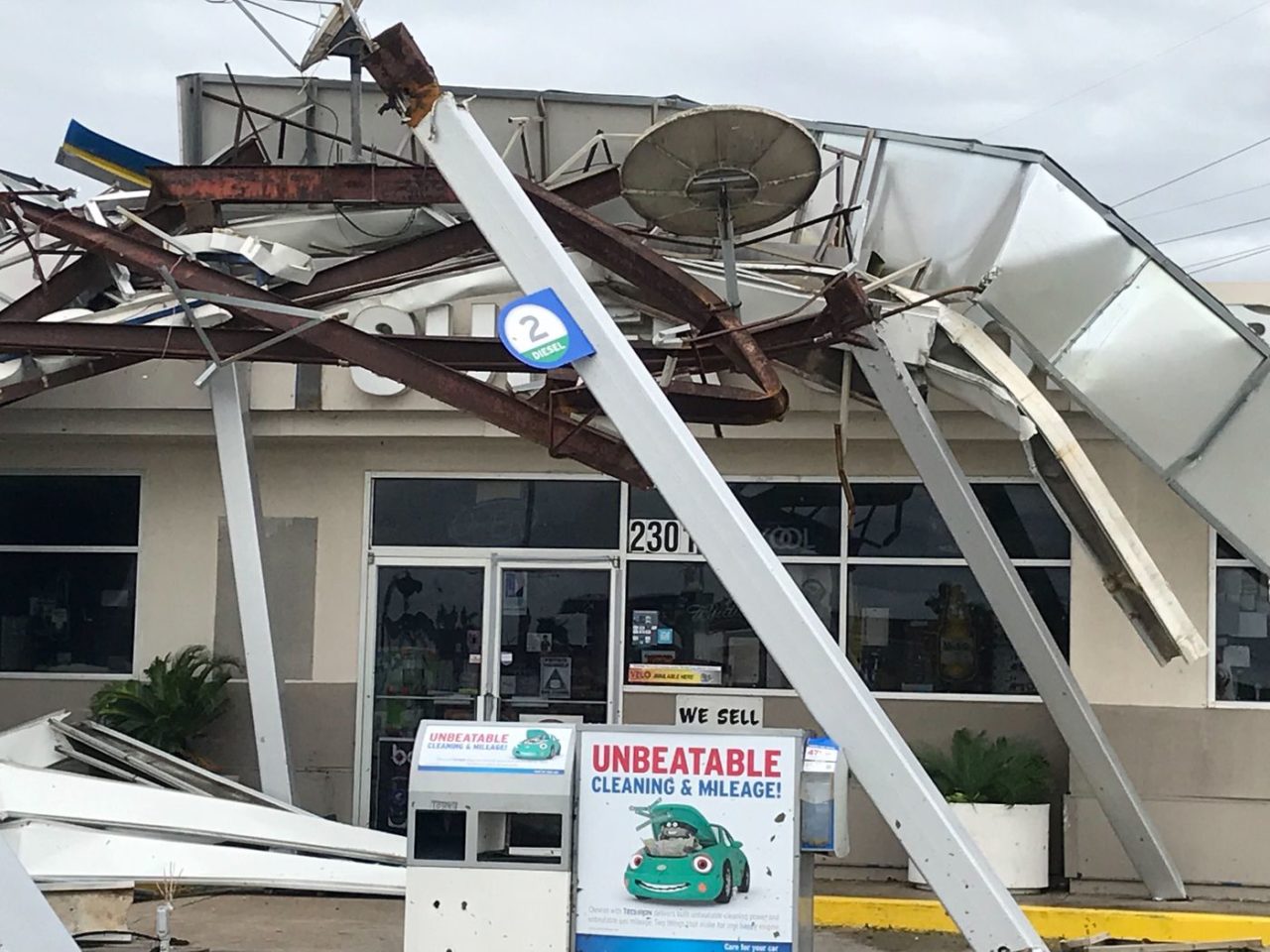For business owners and managers, it is essential that you communicate with your employees in advance of the hurricane to ensure they follow basic safety precautions when traveling to or from work, and to establish contingency planning to keep the business running as smoothly as possible in the days and weeks after the storm.
Key elements of any business continuity plan should include:
- Designate and stock an Emergency Command Center with emergency supplies (first aid supplies, battery powered radios, nonperishable food, water, etc.)
- Establish emergency communications systems and plans
- Develop relationships with community organizations needed during an emergency such as fire, police and hospitals
- Establish mutual aid agreements with other businesses similar to yours
- Create evacuation plans and routes include planning for individuals with disabilities
- Protect physical assets and vital records
- Ensure continuity of computer operations by taking steps in advance to protect both hardware and software
- Establish a media relations plan to help disseminate information to your customers, partners and the public
- Gather information and identify resources for crisis preparedness
- Create an action plan for the emergency
- Establish policies and procedures to activate the emergency command center, alert and warn personnel, receive and process emergency calls
- Implement the emergency preparedness plan activate alarms and notify officials; alert, evacuate, shelter and account for personnel; activate emergency communications; close the office and shut down operations
- Document the emergency and all actions taken
- Develop a recovery plan
- Conduct pre-emergency recovery analysis and planning prioritize actions to recover from an emergency
- Establish policies and procedures to conduct damage assessment, salvage operations, activate recovery communications and provide employee support

